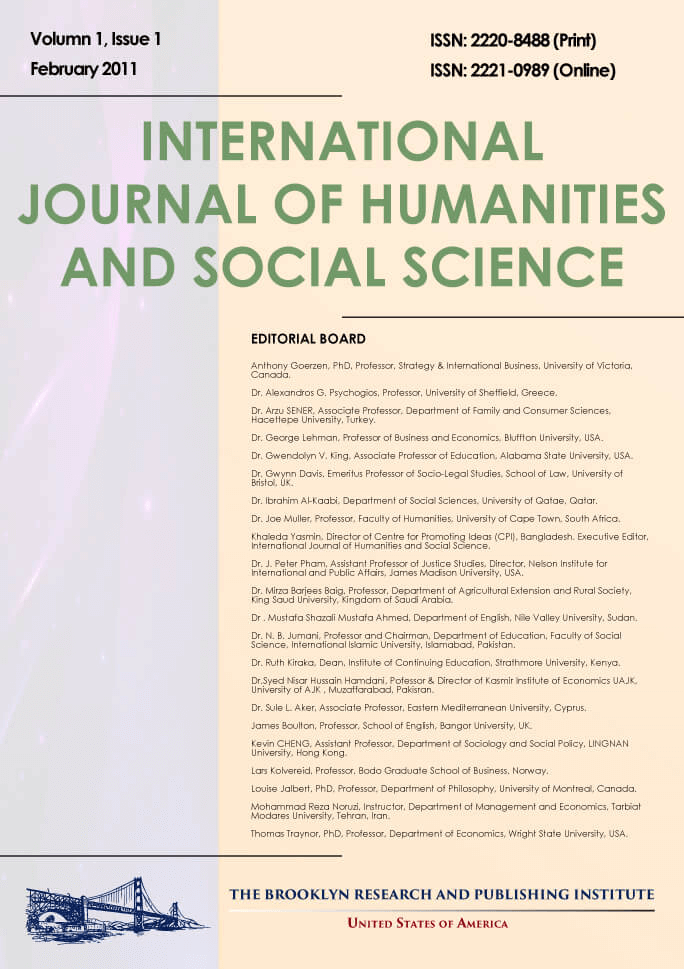Pursuing Inner Images: A Spiritual Interpretation of Jung’s Visual Art
Abstract Carl Gustav Jung was not only a pioneering theorist in psychoanalysis but also an innovative artist, with works in painting, wood carving, and stone engraving. This paper analyzes Jung’s art through the lens of spirituality, uncovering its role in serving his psychological research. Jung believed art could externalize inner images and reflect the collective unconscious, offering a way to reconnect with the soul and express the “supreme meaning”. Symbolic totems: mandalas, snakes, and dragons are central to his visual language. It embodies deep psychological and spiritual meanings. This study approaches Jung’s work from a cross-cultural perspective. It explores the resonance between Jung’s imagery and eastern philosophy, including yin-yang duality in Traditional Chinese Medicine, spiritual awakening in Zen Buddhism and inner contemplation in Taoism. Through this lens, the paper reveals Jung’s artistic act as a profound attempt to bridge Eastern and Western thought, deepening our understanding of self, psyche, and image.Email: [email protected] Tatiana Bugaenko, Department of Art and Technology, Omsk State Technical University, Prospekt Mira 11, Omsk, Omsk Oblast, Russia, 644050
Email: [email protected]
[email protected]
Note: Citation statistics will only be available once the article is indexed in Google Scholar.



